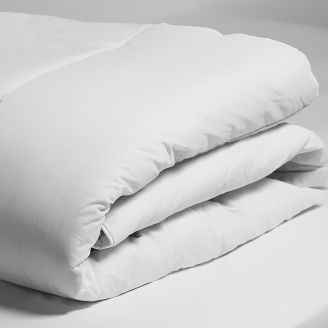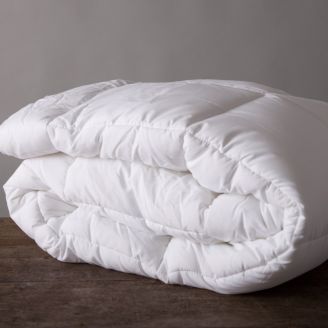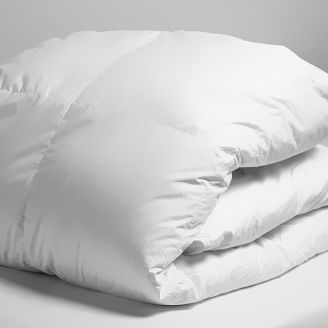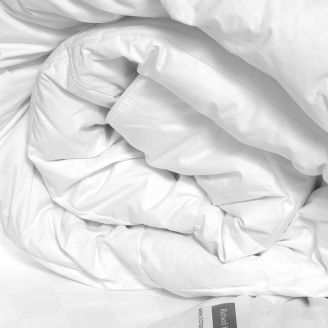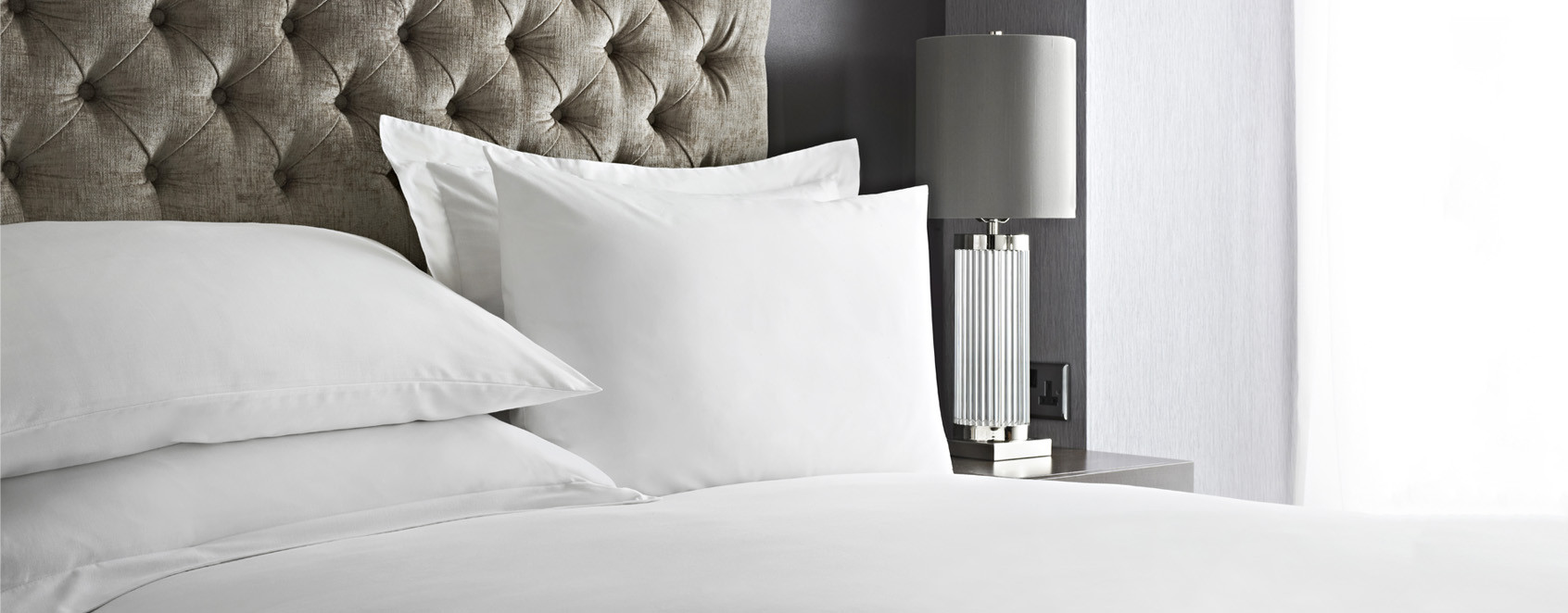We use cookies to make your experience better. To comply with the new e-Privacy directive, we need to ask for your consent to set the cookies. Learn more.
Duvet Tog Ratings Explained
What does a Tog Rating mean and which tog rating is suitable for you?
Some common misconceptions are that the tog rating is an indication of the quality or weight of a duvet. This is the not the case. Duvets work by trapping heat from the body. A Tog rating describes the warmth of “Thermal Resistance” or a product and is widely used in the UK to explain the warmth level of duvets, the higher the tog, the warmer the duvet will be. However, tog ratings should only be used as a rough guide to how warm you’ll be. This is because tog ratings are calculated in a laboratory on a flat surface. When a duvet is draped over you in bed this is not a flat surface and how the quilt drapes round you is very important. Cheap duvets which feature a low tog rating and made of poor quality materials will not keep the warmth in and will leave you feeling very cold in bed.
Historically you usually selected a duvet according to the season. 4.5 tog duvets you used in the summer months to stop you feeling overheated during long hot summer nights, while 15 tog duvets were used during the winter months when the temperatures are much lower. However, recent advances in duvets and increased usage of central heating have meant that all season duvets are the preferred option for most people. The most commonly used togs in Europe are 10.5-13.5 tog. 10.5 tog duvets are the right option when you’re sharing a bed, as a second person adds to the warmth factor, and your room is well heated.
Did you know women’s bodies tend to be warmer, so women usually prefer a lower tog duvet. Richard Haworth supply a number of all season duvets ranging from our luxury goose down duvets to our economical synthetic hollowfibre duvets.


